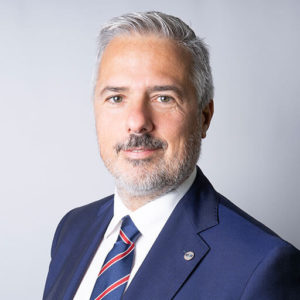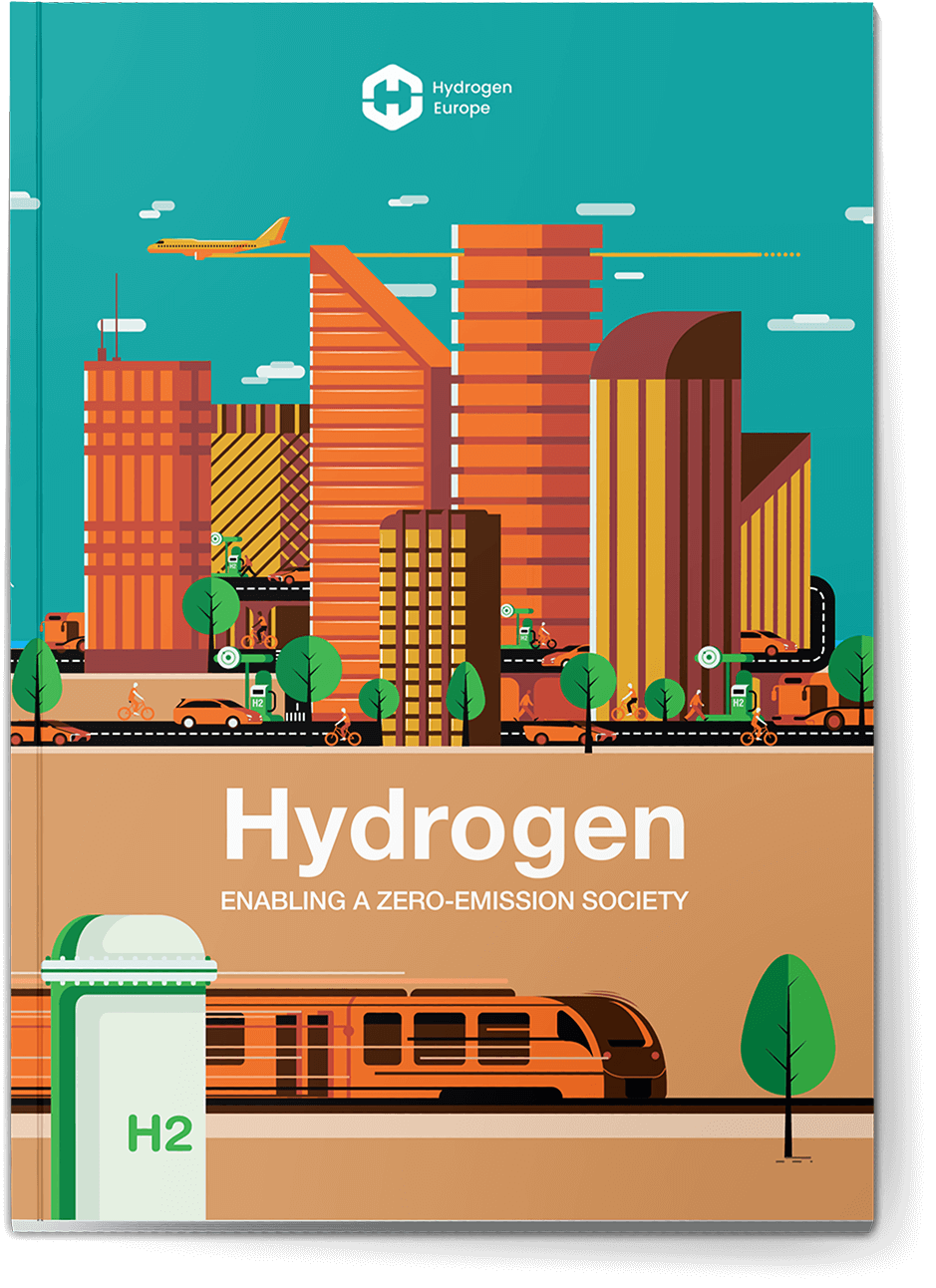Unlocking Hydrogen’s Full Potential
Advancing Europe’s deployment of hydrogen with cross-border corridors.
Hydrogen will no doubt play a key role in the net zero scenario. How can it be financially supported during the current economic crisis?
The hydrogen economy is being launched and sustained at European level – we can find dedicated measures issued recently, in the case of the European Hydrogen Bank and in REPowerEU plan, but also consistent financial support for hydrogen technologies and applications through the first and second wave of IPCEI: €10.6 billion and more than 70 projects financed to steadily advance the deployment of scalable and applicable solutions – among them a RINA project to decarbonize the steel industry utilizing hydrogen.
Transporting hydrogen is often noted as a challenge due to its flammable and low-density characteristics. In what way will RINA assist this process?
In terms of transport, the EU is active with the development of five cross-border corridors within the “Backbone” project: one of them is also paving the road for hydrogen imports from north Africa, where local low energy consumption is combined with an abundance of renewable sources. Indeed, hydrogen – in all its colors – will be traded at international level.
The amount of hydrogen needed to decarbonize hard-to-abate industries, mobility, those industries using it as a feedstock and potential domestic use will be significantly higher than the amount produced in most European countries. South America, Middle East and Africa, instead, could cover the role of exporters of green hydrogen, especially in case of technology breakthroughs related to the availability of water for electrolyzing. At the same time, other countries’ reach of natural gas could export blue hydrogen. From a technical standpoint, RINA is supporting Italian and international transmission system operators (TSOs) and distribution network operators (DSOs) in repurposing or retrofitting pipelines to hydrogen. We have to first advance on a European regulatory framework first, and international later, with the guarantee of origin in preparation for the future market.
From a logistics perspective, what can countries do to ensure hydrogen is used to its full potential?
To ensure hydrogen’s contribution to decarbonization targets, it must be available at a convenient cost and exploited alongside all the other solutions: technologies and infrastructure must reach the necessary maturity to let this new vector have a broad and safe adoption. In this scenario, south Mediterranean countries, and Italy in particular, are in a key position to stock up energy vectors from abroad for their own use or to serve northern countries: the evolution of port infrastructure, with the opportunity to develop or become hydrogen hubs, and gas transport networks are essential in securing the quantities of hydrogen needed by the end users who are called on today to make new investments in the technology of the future.



